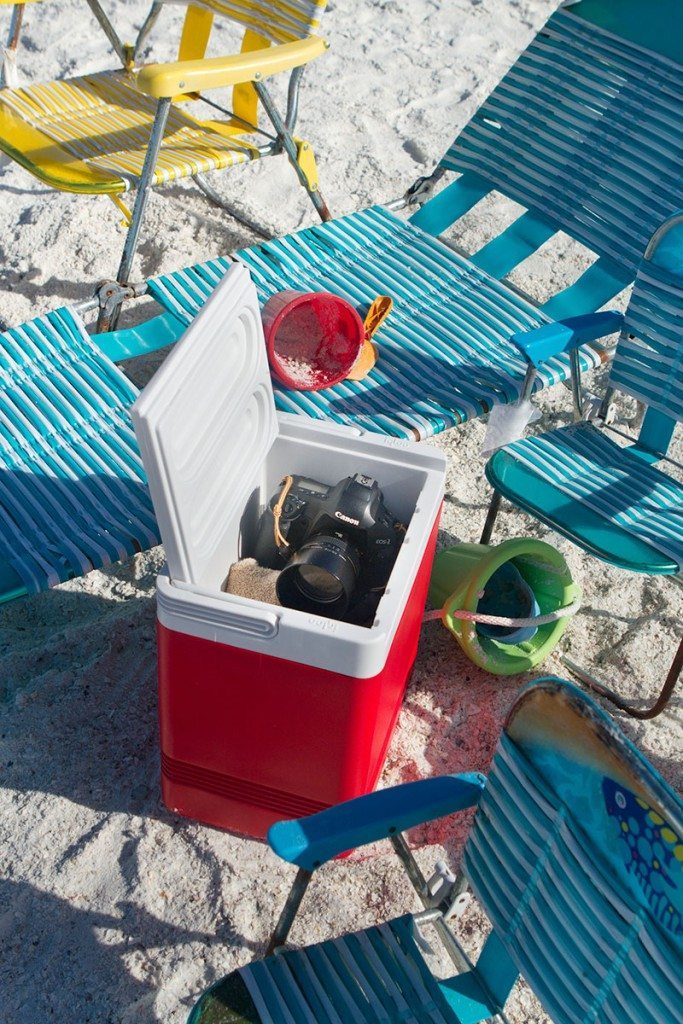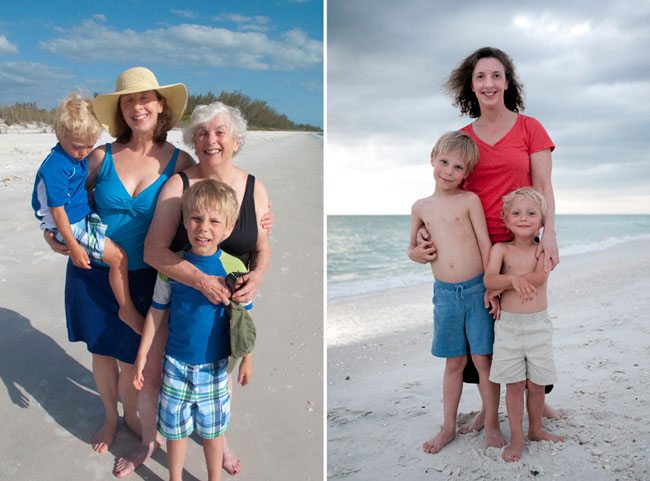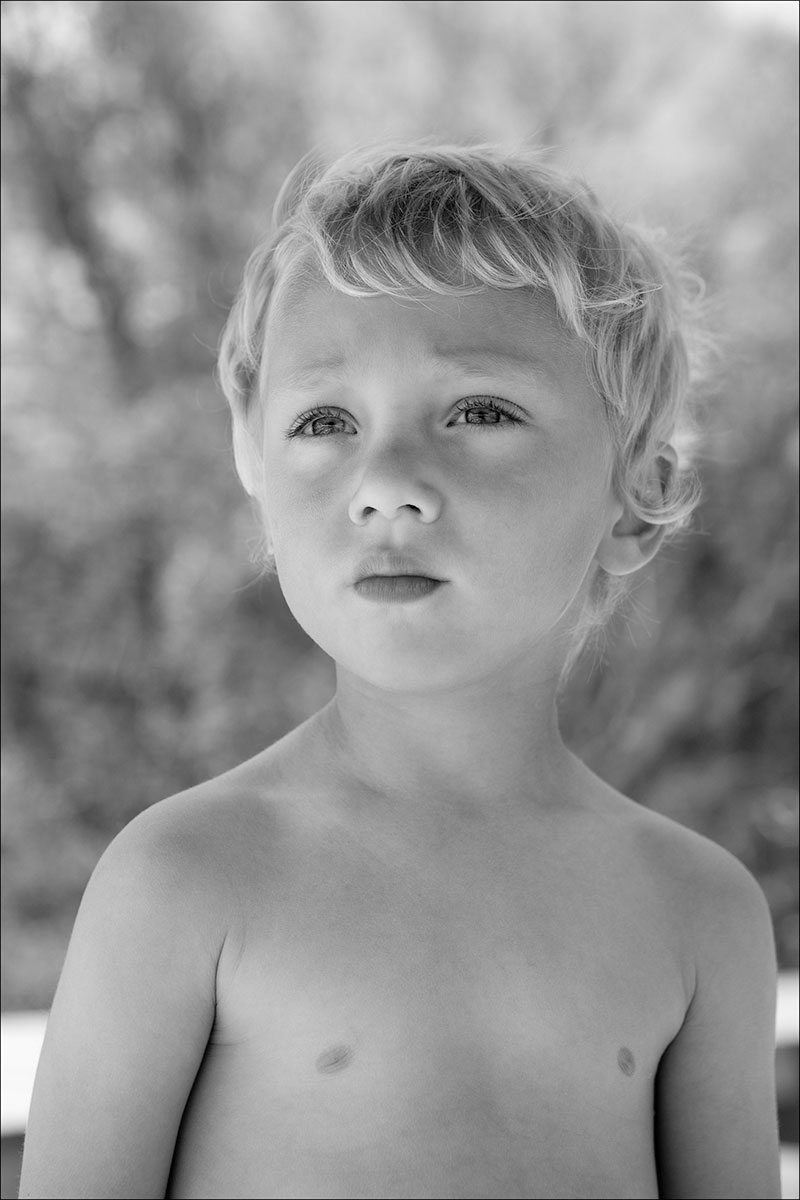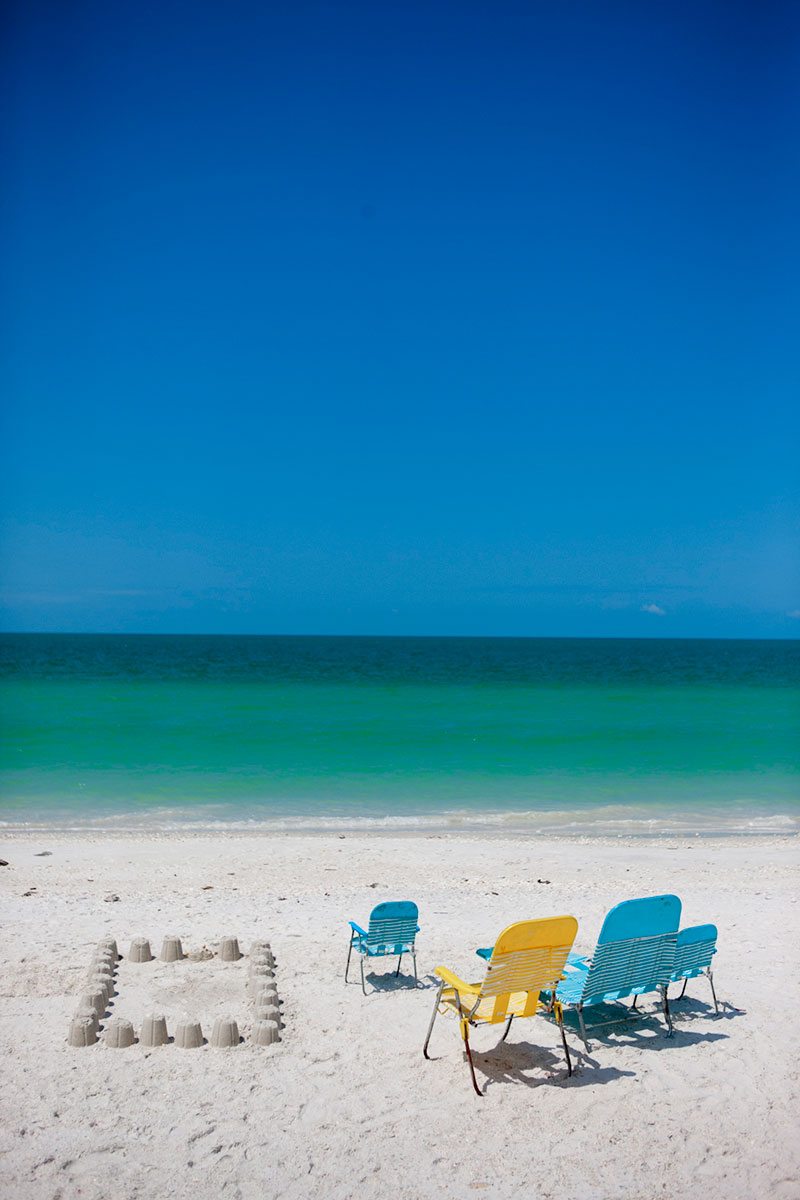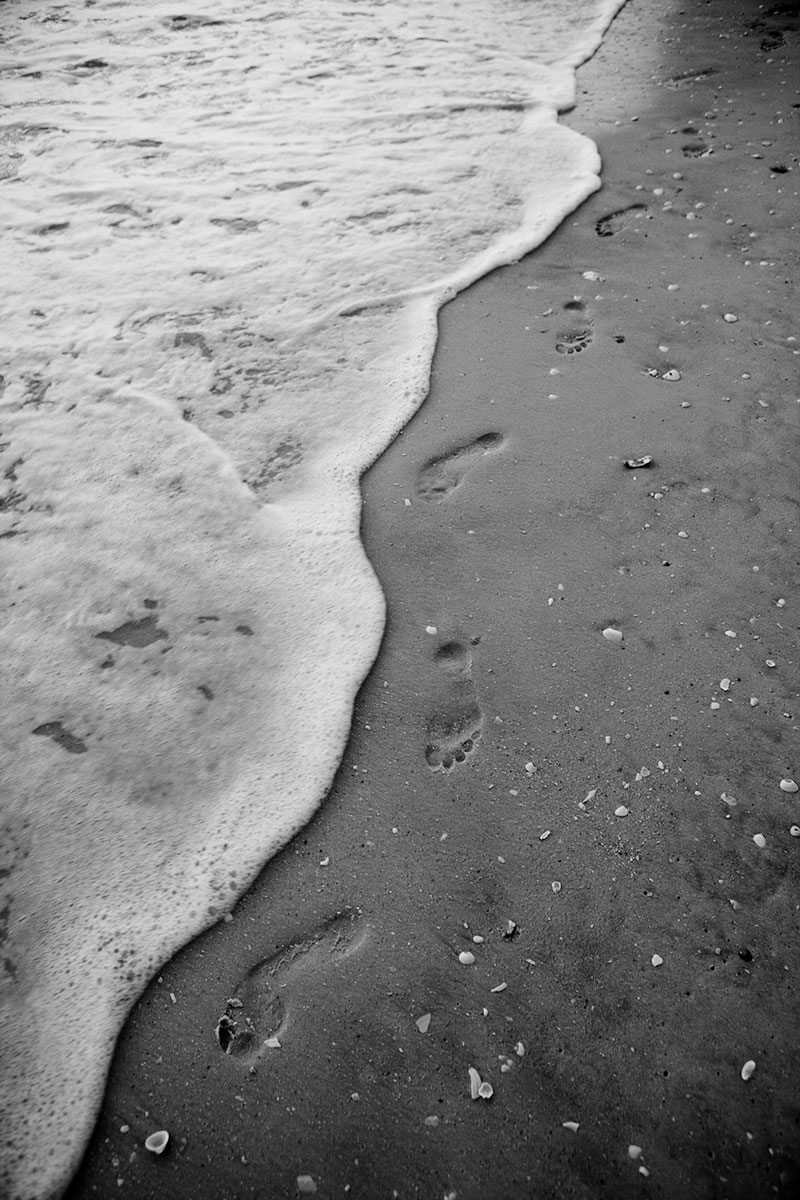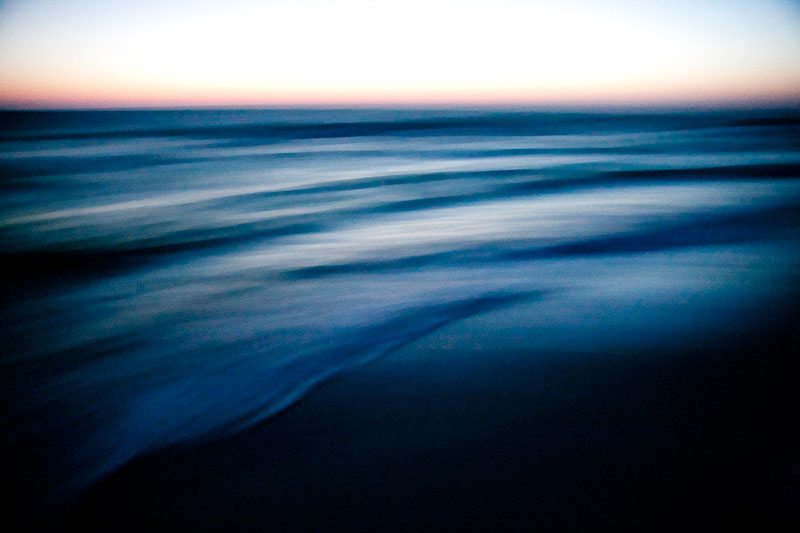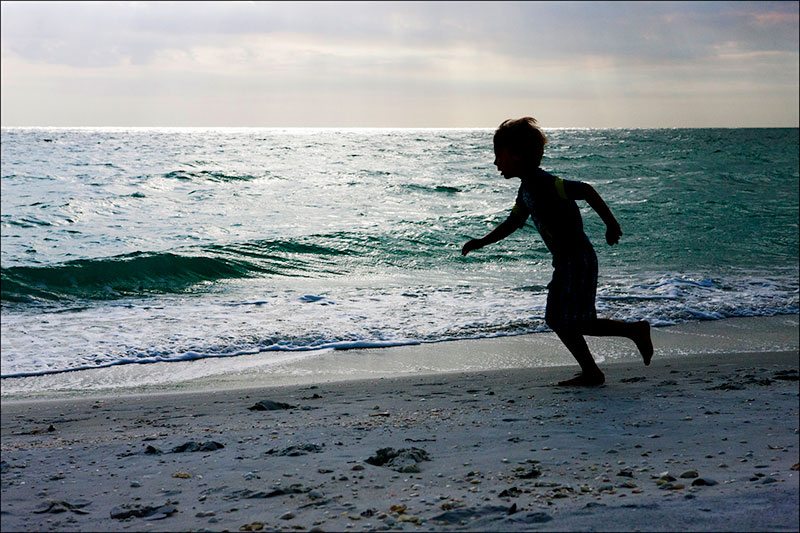The beach is one of those places where every single photographic possibility has been done several hundred billion times by several hundred billion amateur photographers and that’s not necessarily a bad thing. We can all learn from each other’s mistakes and successes and put our own creative spin on this classic situation.
Let’s start with the utterly practical. From a camera care perspective, the beach is just one big piece of sandpaper sans the paper backing. Seriously, the sand at the beach is a bigger threat to your expensive electronics and optics than the water. Dedicating a cooler to your camera equipment is just a darn good idea. You can store an extra towel in the bottom for padding. When you’re not using your camera, put it in the cooler and close the lid. Be as compulsive as you possibly can about this. Yes, I know, it’s just one more thing to lug down there to the beach, but it’s a really smart investment in your investment. Mine was nine dollars. I wrote a blog with more detailed tips for protecting your camera at the beach here.
The quality of light at the beach is constantly changing. Bright sunshine can make people squint and distort their faces and if you’re trying to do a nice portrait direct sunshine may be more damaging than helpful. Although it’s true that taking portraits on a cloudy day at the beach doesn’t really capture the sense of warmth and sunshine, it may just be more flattering in the end. It’s something to consider, for sure.
On the other hand, sunshine bouncing off of bright sand into the shady area under a beach umbrella can actually be dramatic and pleasing. Remember, you don’t need to see the beach and the ocean in every picture you take there. Watch the light change on people’s faces in different situations and take advantage of it from a portrait perspective.
And people don’t have to be in every picture either. Watch the effect of sun and water and shadow on inanimate objects – whether they’re made by the hand of God or you bought them at Walmart. The bold simplicity of the situation—land, water, sky—can open up lots of possibilities in terms of juxtaposing color and experimenting with composition.
Anything on the sand that has texture is very likely going to look better early or late in the day when the sun is raking across the surface and that is never more true than when you are trying to take pictures of footprints in the sand. I’ve tried to do this at 1 PM and it’s like banging your head against the wall—the shadows are just not right. You want this to look three-dimensional and that all has to do with the quality of light. Wait until 7 PM when the sun is going down and watch the difference. If nothing else, it’s a wonderful exercise in photographic lighting. (Obviously, you could shoot this picture at 6 AM, too, but there may be fewer footprints out there.)
Generally, long shutter speeds require a tripod—or at least a human who can stand as still as a tripod—but if you want to get artsy and creative play around with one or two or four second exposures as the waves are breaking at sunset. All of a sudden, you’re an impressionist. If there’s a boat or a bird out there in the water, so much the better.
When you’re shooting silhouettes of people against the water—which you will inevitably do—make sure to expose properly for the sky and the water behind them and let the significantly darker people remain dark. It’s a wonderful effect.
And as in all vacation photography, do your very best to balance vacation and photography. The beach is a zero pressure situation. Take some pictures. Read a book. Have a glass of wine. Go for a walk. The last thing I want is for you to hear my voice at the beach telling you to pick up the camera and get to work.

